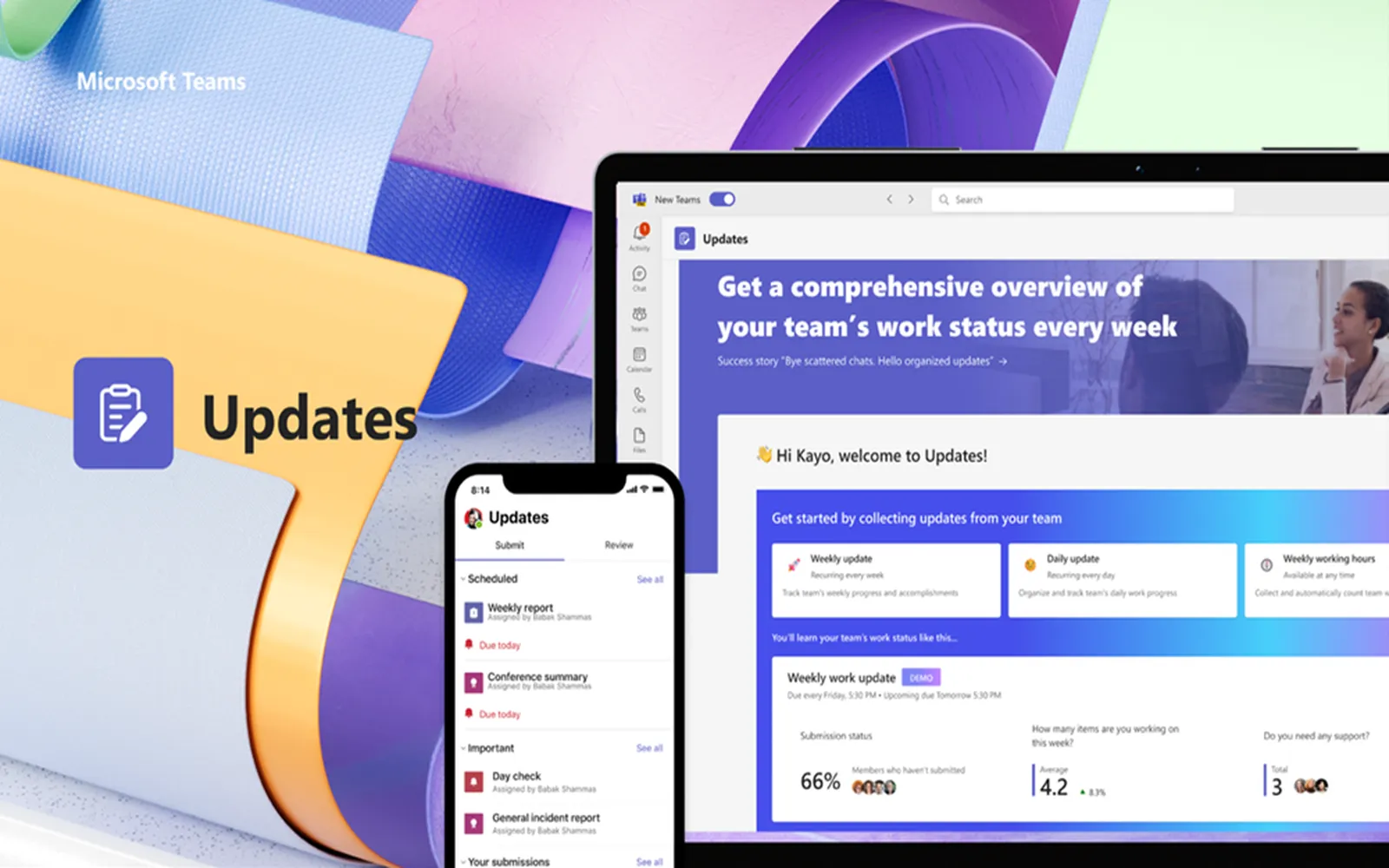Understanding Microsoft Teams: A Comprehensive Overview
Microsoft Teams has rapidly become an essential tool for businesses and organizations around the globe. It serves as a unified platform for communication, collaboration, and productivity. With features like chat, video conferencing, file sharing, and integration with other Microsoft 365 applications, Teams is designed to enhance teamwork and streamline workflows.
Key Features of Microsoft Teams
One of the main reasons why Microsoft Teams is gaining popularity is its robust set of features. Below is a table that highlights some of the key functionalities:
| Feature | Description |
|---|---|
| Chat | Instant messaging capabilities that allow for real-time communication among team members. |
| Video Conferencing | High-quality video calls that support large meetings, webinars, and virtual events. |
| File Sharing | Integrated file storage that allows team members to share and collaborate on documents seamlessly. |
| Integration with Microsoft 365 | Seamless access to other Microsoft applications such as Word, Excel, and PowerPoint. |
| Customizable Workspaces | Create dedicated channels for different projects or topics to keep discussions organized. |
Benefits of Using Microsoft Teams
Incorporating Microsoft Teams into your organization can lead to numerous benefits. Here are some of the most significant advantages:
- Enhanced Collaboration: Microsoft Teams fosters a collaborative environment where team members can easily communicate and share resources.
- Increased Productivity: With tools designed to streamline workflows, employees can focus on their tasks without unnecessary distractions.
- Flexibility: The application is accessible from various devices, including desktops, tablets, and smartphones, allowing for remote work and on-the-go collaboration.
- Improved Organization: Teams enables users to create channels for specific topics, ensuring that conversations and files remain well-organized.
Integrating Microsoft Teams into Your Workflow
To maximize the benefits of Microsoft Teams, organizations should consider the following strategies for integration:
- Train Your Team: Provide training sessions to help team members get acquainted with the platform’s features and functionalities.
- Encourage Usage: Promote the use of Teams for all communications and project management to encourage a culture of collaboration.
- Customize Notifications: Make sure team members tailor their notification settings to avoid information overload while staying updated on important discussions.
- Regularly Update Channels: Keep channels active and relevant by regularly updating them with new information, tasks, and project developments.
Microsoft Teams vs. Competitors
While Microsoft Teams is a powerful tool, it’s essential to consider how it stacks up against its competitors. Below is a comparative chart that showcases how Microsoft Teams measures against other popular collaboration tools:
| Feature | Microsoft Teams | Slack | Zoom |
|---|---|---|---|
| Chat | Yes | Yes | No |
| Video Conferencing | Yes | Limited | Yes |
| File Sharing | Yes | Yes | No |
| Integration with Other Apps | Extensive with Microsoft 365 | Various integrations | Limited |
| Cost | Included with Microsoft 365 subscription | Free and paid plans | Free and paid plans |
Conclusion
In conclusion, Microsoft Teams has established itself as a leading collaboration tool that enhances communication and productivity within organizations. Its extensive features, seamless integration with Microsoft 365, and user-friendly interface make it an ideal choice for businesses of all sizes. By understanding the benefits and implementing effective strategies for integration, organizations can leverage Microsoft Teams to foster better teamwork and achieve their goals.
As you explore the potential of Microsoft Teams, remember to keep the needs of your team in focus. Whether you are a small startup or a large enterprise, adopting Microsoft Teams can transform the way you work and collaborate.





